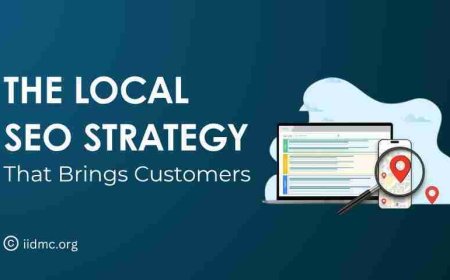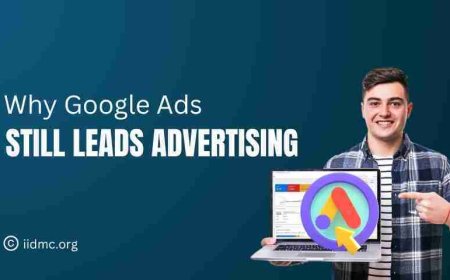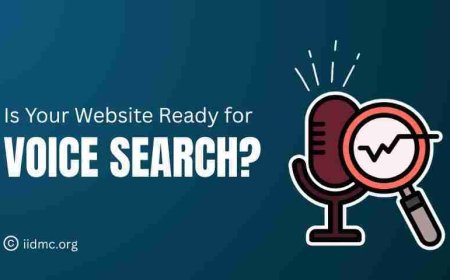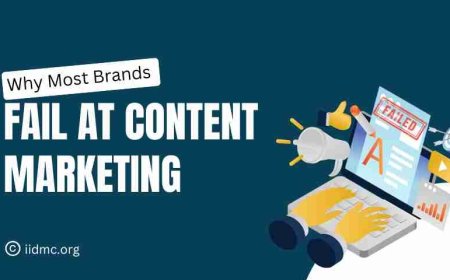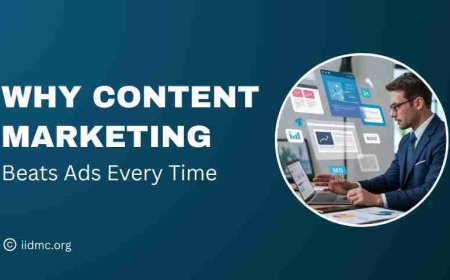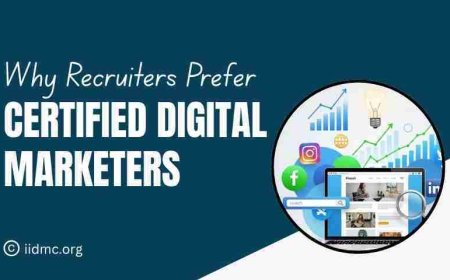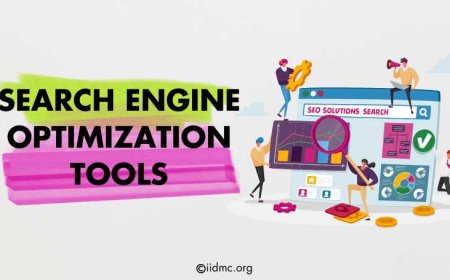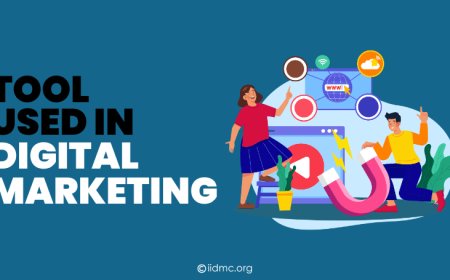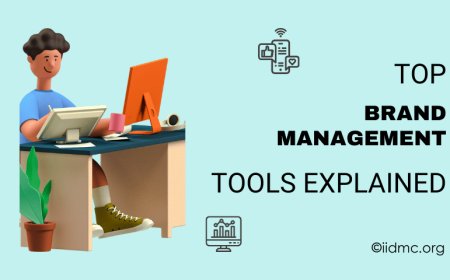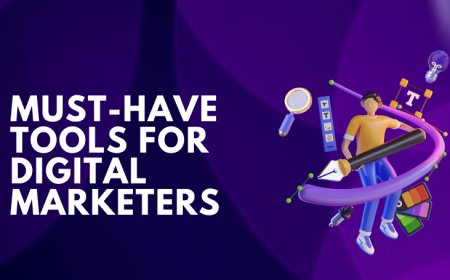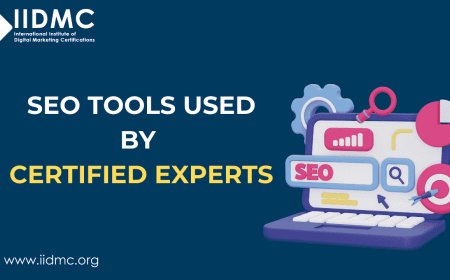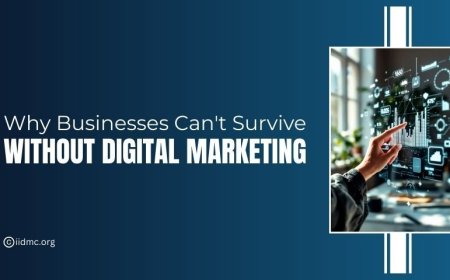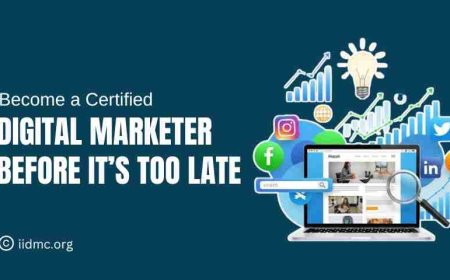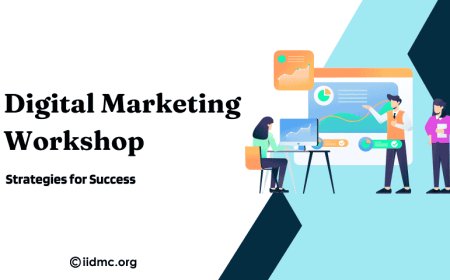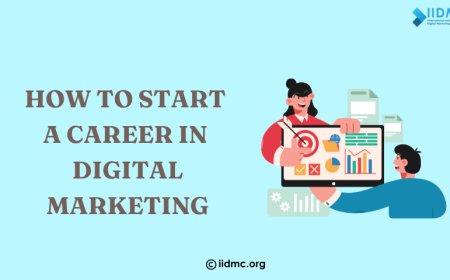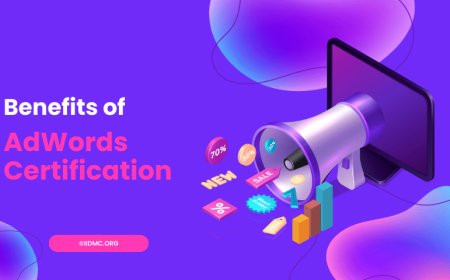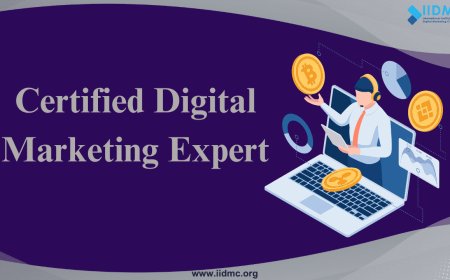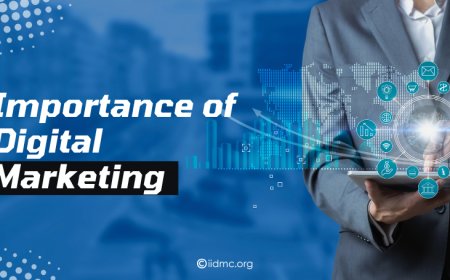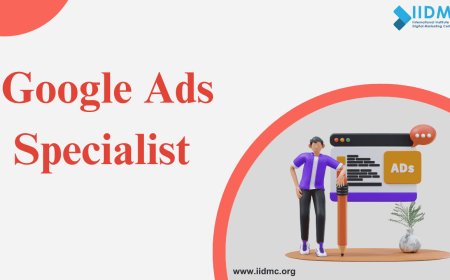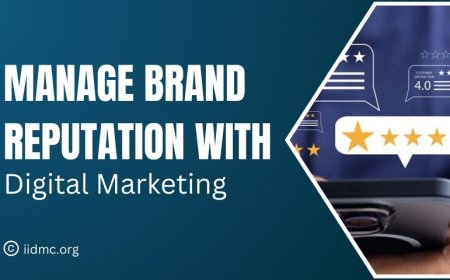What Is Google Ads & How Does It Work?
Discover what Google Ads is and how it works to drive traffic, generate leads, and boost sales with targeted advertising.
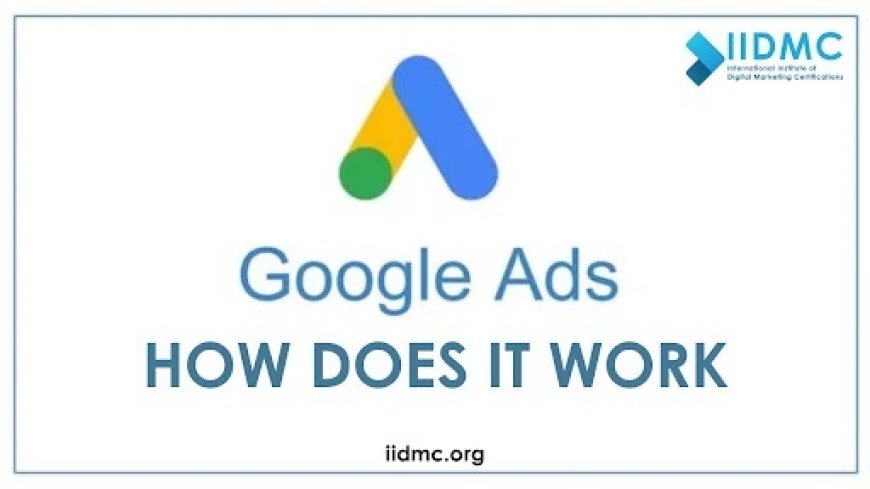
Google Ads is an online advertising network that allows companies to run advertisements across a variety of websites, YouTube videos, and Google search results, among other platforms. Users make ads, set bids for clicks or impressions, and create campaigns that are targeted at particular keywords. Google selects ad placement through an auction process that takes into account bid amount, ad quality, and relevance. When users interact with their ads by clicking or by seeing their ads are paid for. To maximize efficacy, campaigns must be monitored and optimized. Performance indicators are used to modify bidding tactics, ad copy, and keywords.
Assume the role of a small business owner hoping to draw in more clients by improving your internet presence. You choose to advertise your goods and services using Google Ads, a potent platform for advertising. Your advertisements begin to show up on Google search results pages and other online locations once you create an account and set up campaigns targeting relevant keywords. When potential clients looking for what you have to offer notice your advertisements, they click on them and are taken to your website, where they can check out more information and make purchases. You can consistently improve your strategies to effectively reach your target audience and increase conversions by closely monitoring and optimizing your efforts. This will help your business expand in the long run.
What Is Google Ads?
Google Ads is a tool from Google that lets businesses show ads online. You create ads and choose where they appear, like in Google searches or on websites. You pay when people click on your ads, and you can track how well your ads are doing.
Why use Google ads
-
Reach: Google is the most popular search engine globally, with billions of searches conducted every day. Using Google Ads allows businesses to reach a vast audience of potential customers who are actively searching for products or services like theirs.
-
Targeting Options: Google Ads offers advanced targeting options, allowing businesses to reach specific demographics, locations, interests, and behaviors. This precision targeting helps ensure that ads are shown to the most relevant audience, increasing the likelihood of engagement and conversions.
-
Flexibility: Google Ads provides flexibility in budgeting and scheduling. Businesses can set their budgets and adjust them at any time, allowing for cost-effective advertising campaigns. Additionally, ads can be scheduled to appear at specific times of the day or week, maximizing their impact.
-
Measurable Results: Google Ads provides detailed performance metrics, allowing businesses to track the effectiveness of their advertising campaigns in real time. Metrics such as clicks, impressions, click-through rate (CTR), and conversions provide valuable insights into the success of ad campaigns and enable businesses to make data-driven decisions to optimize performance.
-
Quick Results: Unlike traditional advertising methods that may take time to yield results, Google Ads can generate immediate visibility and traffic to a business's website or landing pages. With the right strategy and optimization, businesses can start seeing results, such as increased website traffic and conversions, soon after launching their campaigns.
-
Brand Exposure: Even if users don't click on an ad, seeing it can still increase brand awareness and exposure. Consistent visibility through Google Ads can help businesses stay top-of-mind for potential customers and establish brand authority in their industry.
-
Competitive Advantage: Google Ads allows businesses to compete effectively in the online marketplace, even against larger competitors. By targeting specific keywords and audiences, businesses can ensure that their ads are seen by users who are most likely to be interested in their products or services, giving them a competitive edge.
Types of Google ads
-
Search Ads: These are text ads that appear on Google search engine results pages (SERPs) when users search for specific keywords related to the advertiser's products or services. They typically appear above or below the organic search results and are marked with an "Ad" label.
-
Display Ads: Display ads are visual ads that appear on websites within the Google Display Network, which includes millions of websites, blogs, and apps. These ads can be in the form of images, videos, or interactive media and are targeted based on factors like demographics, interests, and browsing behavior.
-
Video Ads: Video ads appear on YouTube and other Google partner sites within the Display Network. These ads can be in-stream ads that play before, during, or after YouTube videos, or they can be displayed alongside YouTube videos or on other video platforms within the Display Network.
-
Shopping Ads: Shopping ads, also known as Product Listing Ads (PLAs), showcase products with images, prices, and other details directly within Google search results. They appear in a separate section called the "Shopping" tab or as sponsored listings at the top or side of the search results page.
-
App Ads: App ads promote mobile apps across various Google platforms, including search, display, YouTube, and the Google Play Store. These ads can drive app installs, engagement, or in-app actions, depending on the advertiser's goals.
-
Discovery Ads: Discovery ads appear in various Google feeds, including the Google Discover feed, Gmail Promotions tab, and YouTube Home feed. These ads are designed to reach users who are browsing content relevant to their interests and behaviors.
-
Local Ads: Local ads, also known as Local Services Ads, help businesses promote their services to local customers. These ads appear at the top of search results when users search for local services, such as plumbers, electricians, or locksmiths.
Challenges in Google ads
-
Competition: Many advertisers compete for the same keywords and ad placements, especially in popular industries. This competition can drive up the cost per click (CPC) and make it challenging for smaller businesses with limited budgets to compete effectively.
-
Click Fraud: Click fraud refers to fraudulent or invalid clicks on ads, often performed by bots or competitors to drain advertising budgets without generating legitimate traffic or leads. Click fraud can waste advertising spending and skew performance metrics, making it difficult for advertisers to accurately measure campaign effectiveness.
-
Ad Fatigue: Ad fatigue occurs when target audiences become accustomed to seeing the same ads repeatedly, leading to decreased engagement and conversion rates over time. Advertisers must continuously refresh their ad creative and messaging to combat ad fatigue and maintain audience interest.
-
Quality Score: Google uses Quality Score to determine ad rank and CPC in the ad auction. Maintaining a high-quality Score requires optimizing ad relevance, landing page experience, and expected click-through rate (CTR). Advertisers may struggle to improve Quality scores, especially for competitive keywords or poorly performing ads.
-
Ad Blocking: With the rise of ad-blocking software and browser extensions, some users actively block ads, reducing the visibility and effectiveness of Google Ads campaigns. Advertisers must find alternative strategies to reach and engage with these audiences effectively.
-
Algorithm Changes: Google frequently updates its ad algorithms and policies, impacting ad targeting options, bidding strategies, and ad formats. Advertisers must stay informed about these changes and adapt their strategies accordingly to maintain campaign performance and compliance with Google's guidelines.
-
Conversion Tracking: Tracking and attributing conversions accurately can be challenging, especially for multi-channel marketing campaigns or complex sales funnels. Without proper conversion tracking, advertisers may struggle to measure the ROI of their Google Ads campaigns accurately.
-
Account Management Complexity: Managing Google Ads accounts effectively requires ongoing optimization, monitoring, and testing across various campaigns, ad groups, keywords, and targeting options. Advertisers may find it challenging to navigate the platform's complexity and maximize campaign performance efficiently.
How do Google ads work
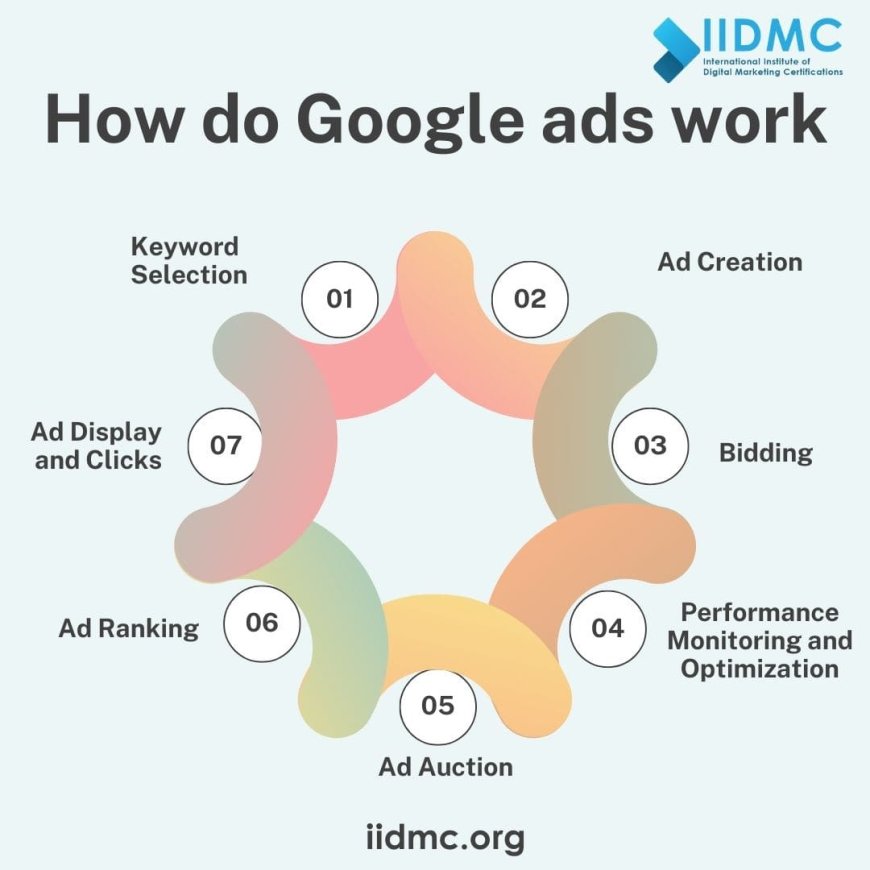
1.Ad Creation: Advertisers create text, images, videos, or interactive ads within the Google Ads platform.
2.Keyword Selection: Advertisers select keywords or phrases that they want their ads to show for when users search on Google. These keywords should be relevant to their business and target audience.
3.Bidding: Advertisers set bids for how much they are willing to pay for each click on their ads (Cost-Per-Click or CPC) or for every thousand impressions (Cost-Per-Thousand Impressions or CPM). This bid, along with other factors like ad quality and relevance, determines the ad's position in the auction.
4.Ad Auction: When a user searches on Google using one of the selected keywords, an ad auction takes place in real time. Google considers factors such as bid amount, ad quality, and relevance to determine which ads to show and in what order.
5.Ad Ranking: Based on the auction results, Google ranks ads and determines their position on the search results page or other Google properties. Higher-quality ads with relevant keywords and higher bids are more likely to appear in top positions.
6.Ad Display and Clicks: When users see the ads and click on them, they are directed to the advertiser's website or landing page. Advertisers pay Google each time someone clicks on their ad (CPC model) or when their ad receives a thousand impressions (CPM model).
7.Performance Monitoring and Optimization: Advertisers monitor the performance of their ads using metrics such as clicks, impressions, click-through rate (CTR), and conversions. Based on this data, they can make adjustments to their campaigns to improve performance, such as refining keyword selection, optimizing ad copy, or adjusting bidding strategies.
How Does Google Ads Cost?
-
Budget: Google Ads allows you to set a daily budget that works for your business. You can start with any budget you're comfortable with and adjust it as needed.
-
Bidding Strategy: You can choose between different bidding strategies, such as manual CPC (Cost-Per-Click) bidding, automated bidding, or cost-per-thousand impressions (CPM) bidding for display campaigns. Your bidding strategy affects how much you pay for clicks or impressions.
-
Keyword Competition: The cost of keywords can vary significantly depending on their popularity and competition. Highly competitive keywords in popular industries may have higher costs per click, while niche or long-tail keywords may be more affordable.
-
Quality Score: Google uses a metric called Quality Score to evaluate the relevance and quality of your ads, keywords, and landing pages. Higher Quality Scores can lead to lower costs per click and better ad positions.
-
Ad Performance: The performance of your ads, including click-through rate (CTR), conversion rate, and ad relevance, can impact your costs. Well-performing ads may result in lower costs over time, while poorly performing ads may require adjustments to improve results.
-
Targeting Options: Targeting specific demographics, locations, interests, and behaviors can affect your costs. Highly targeted campaigns may have higher click costs but can also result in better ROI by reaching more relevant audiences.
-
Ad Format: Different ad formats, such as text ads, display ads, video ads, or shopping ads, may have different cost structures and performance metrics.
With Google Ads, businesses can efficiently reach their target audience through a variety of digital channels. Google Ads is a strong online advertising platform. Through the creation of engaging advertisements, the selection of suitable keywords, and the application of tactical bidding and targeting tactics, companies may optimize their digital presence, generate website traffic, and eventually boost conversions and revenue. Advertisers may overcome several difficulties like click fraud, ad fatigue, and competition by consistently monitoring, optimizing, and adjusting their campaigns. When used properly, Google AdWords may help companies of all sizes meet their marketing goals and expand their online presence.
